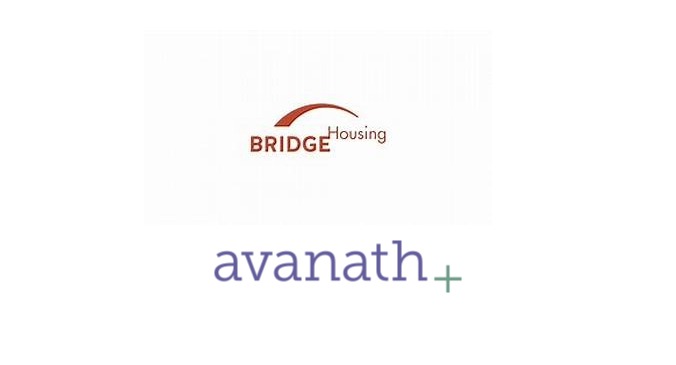The new cap on annual rent increases will apply to a million Low-Income Housing Tax Credit (LIHTC) apartments according to The Washington Post.
2020 Senator Sanders (Vt.) contends that federal control of the multifamily housing rental market would make housing more affordable. His Housing for All plan, which also includes a national 2 percent property tax on vacant units and steep curbs on evictions, would set the course to nationalizing housing in America.
2023 The White House releases an even better branded Renters’ Bill of Rights to “strengthen tenant protections and encourage rental affordability.” It empowers the Federal Housing Finance Agency (FHFA) to “limit egregious rent increases” at properties with a Fannie- or Freddie-backed mortgages.
2024 Acting HUD Secretary Adrianna Todman’s department has proposed a 10 percent cap on annual rent increases on Low-Income Housing Tax Credit (LIHTC) properties. It is worth noting that LIHTC properties are already constrained, limiting rents to 30 percent of a resident’s income.
Inflation and supply converge in rents
Rents fell for six consecutive months before ticking up slightly in February. Costs on leases are down 1 percent compared y/y, with over half of the nation’s largest cities seeing drops.
Looking for affordability in all the wrong places
Research suggests that the Administration’s new regulations will limit new housing construction. “Price controls prevent the market from efficiently allocating scarce resources and discourage the investments needed to expand affordable housing,” wrote Harvard University’s Jeffrey Miron and Pedro Aldighieri in a post published by the Cato Institute. The administration dismisses these findings.
As rent inflation recedes, overall inflation stagnates y/year change in Apartment List rent index v. CPI (rent) v. CPI (overall)
CPI: Rent of primary residence +5.8%
Apartment List national rent index +3.2%
CPI: topline inflation -0.8%
Wait for it, wait for it…
For months the Fed bet that rent inflation would break its way. It’s “in everyone’s forecast,” Powell said. “We think that it’s coming… we know it’s coming. It’s just a question of when and how big it’ll be,” Powell said at a January news conference.
Supply and demand 101
In a hypothetical scenario where market rent growth stops completely, it would still take another two years of flat readings to drag down the entire shelter index to a more normal 2 percent, according to Orphe Divounguy, senior economist at Zillow. “That’s how strong the forces of undersupply are,” Divounguy said.
Short supply, long lag
It typically takes market rent about three quarters to show up in government statistics. That timeline may be stretched given trends such as the historic amount of money infused into the economy in the last few years, pushing models off as a result. “The way the CPI looks at housing in general,” said Jay Lybik, national director of multifamily analytics at CoStar, “just doesn’t seem to match reality.”
Source: Biden Administration to cap rent increases for some affordable housing units, and rent is driving inflation. but there’s something off in the data, Rachel Siegel, The Washington Post; Apartment List rent estimates; Bureau of Labor statistics, Apartment List (indexes are not seasonally adjusted)
















